- Great Transit
- Touristy
- Shopping
- Museums & Galleries
- Gardens & Parks
- Cafes & Restaurants
- Cinemas & Theaters
- Designer boutiques
- Nightlife
The Eixample is characterized by long straight streets, a strict grid pattern crossed by wide avenues, and square blocks with chamfered corners.
Some parts of the Eixample were influenced by Modernista architects, chief among whom was Antoni Gaudí. His work in the Eixample includes the Casa Milà and the Casa Batlló, both of which are on the wide Passeig de Gràcia, as well as the Sagrada Família.
Eixample is a safe and residential part of the city but there is also a vibrant nightlife and a thriving café culture. Eixample is a beautiful barrio to wander round, take in the glorious architecture and people-watch from one of the many terrace cafes.
It is in Eixample that you will find some of the best, and most expensive, restaurants in town. This combined with some internationally known bars such as Dry Martini makes the area a pleasant place to spend an evening.
Transport to and from the area is good. Eixample is serviced by several metro stops, as well as the FGC train. However the area is central and most other parts of the city are within walking distance.
On the Map
Sagrada Família
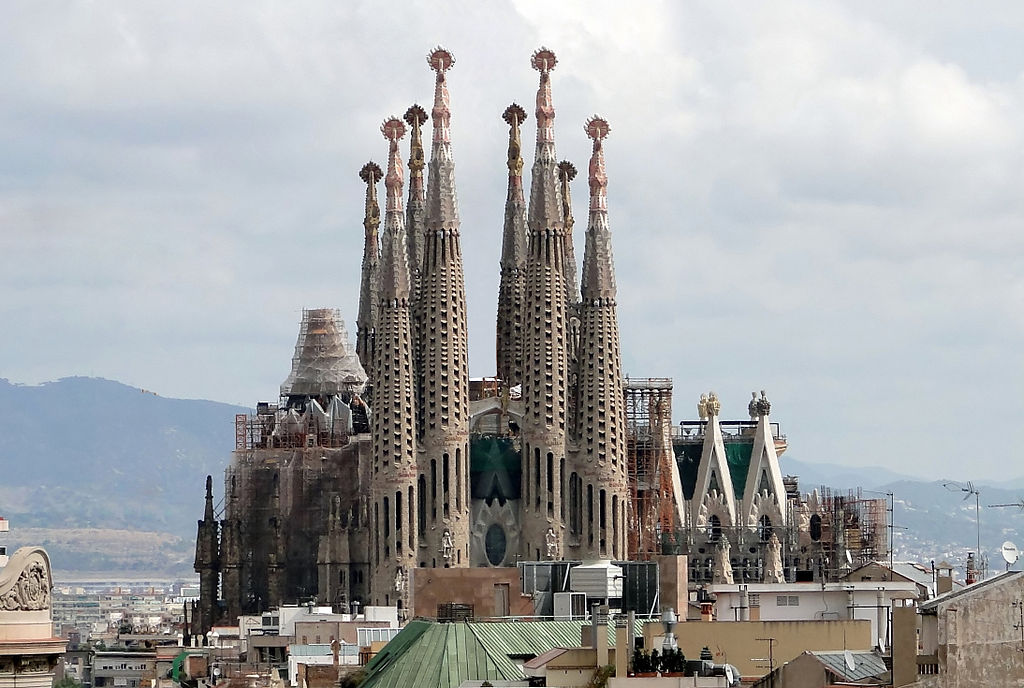
Construction of Sagrada Família had commenced in 1882 and Gaudí became involved in 1883, taking over the project and transforming it with his architectural and engineering style, combining Gothic and curvilinear Art Nouveau forms. Gaudí devoted his last years to the project, and at the time of his death at age 73 in 1926 less than a quarter of the project was complete. Sagrada Família's construction progressed slowly, as it relied on private donations and was interrupted by the Spanish Civil War, only to resume intermittent progress in the 1950s. Construction passed the midpoint in 2010 with some of the project's greatest challenges remaining and an anticipated completion date of 2026, the centenary of Gaudí's death.
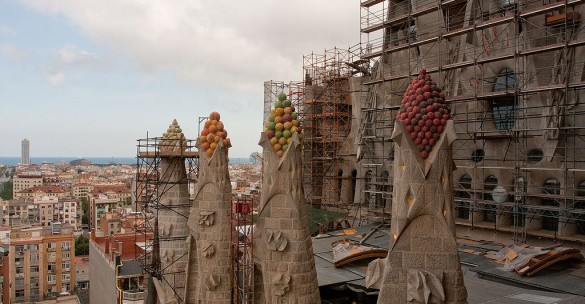

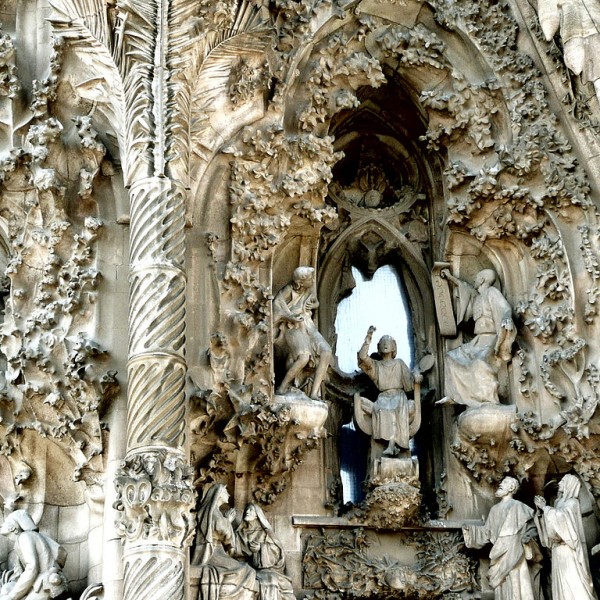
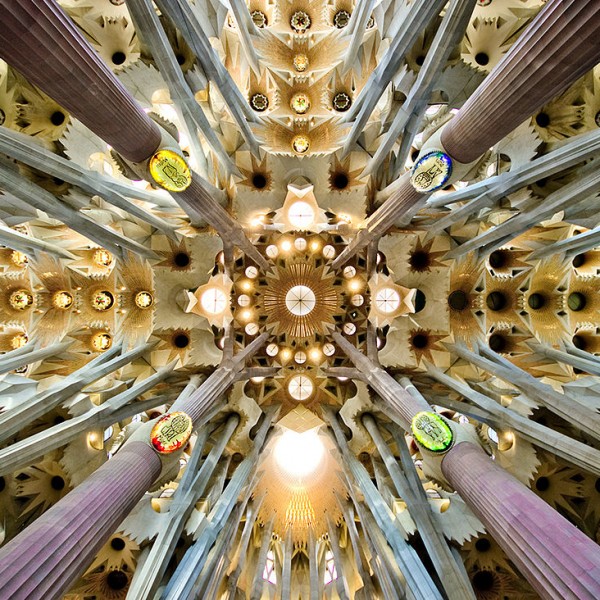
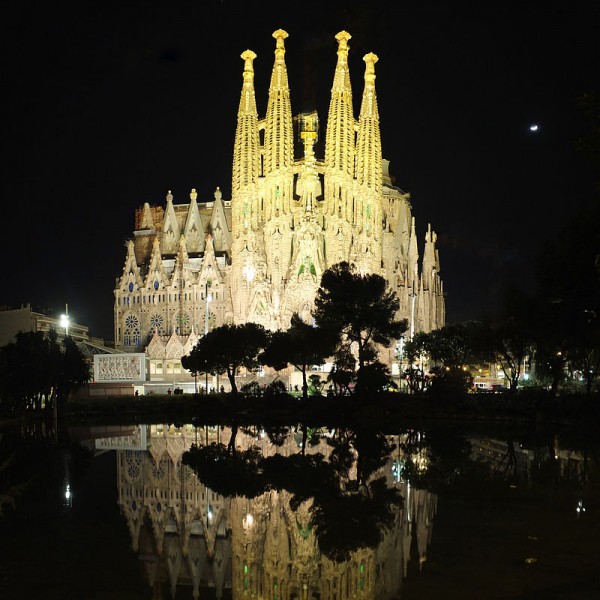
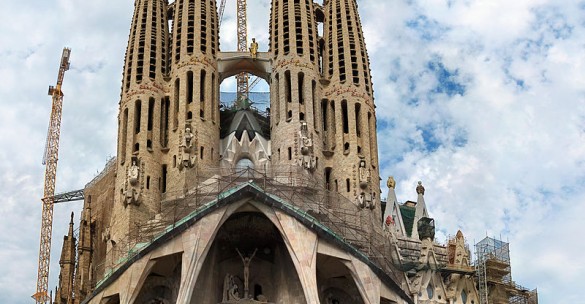
.jpg)
